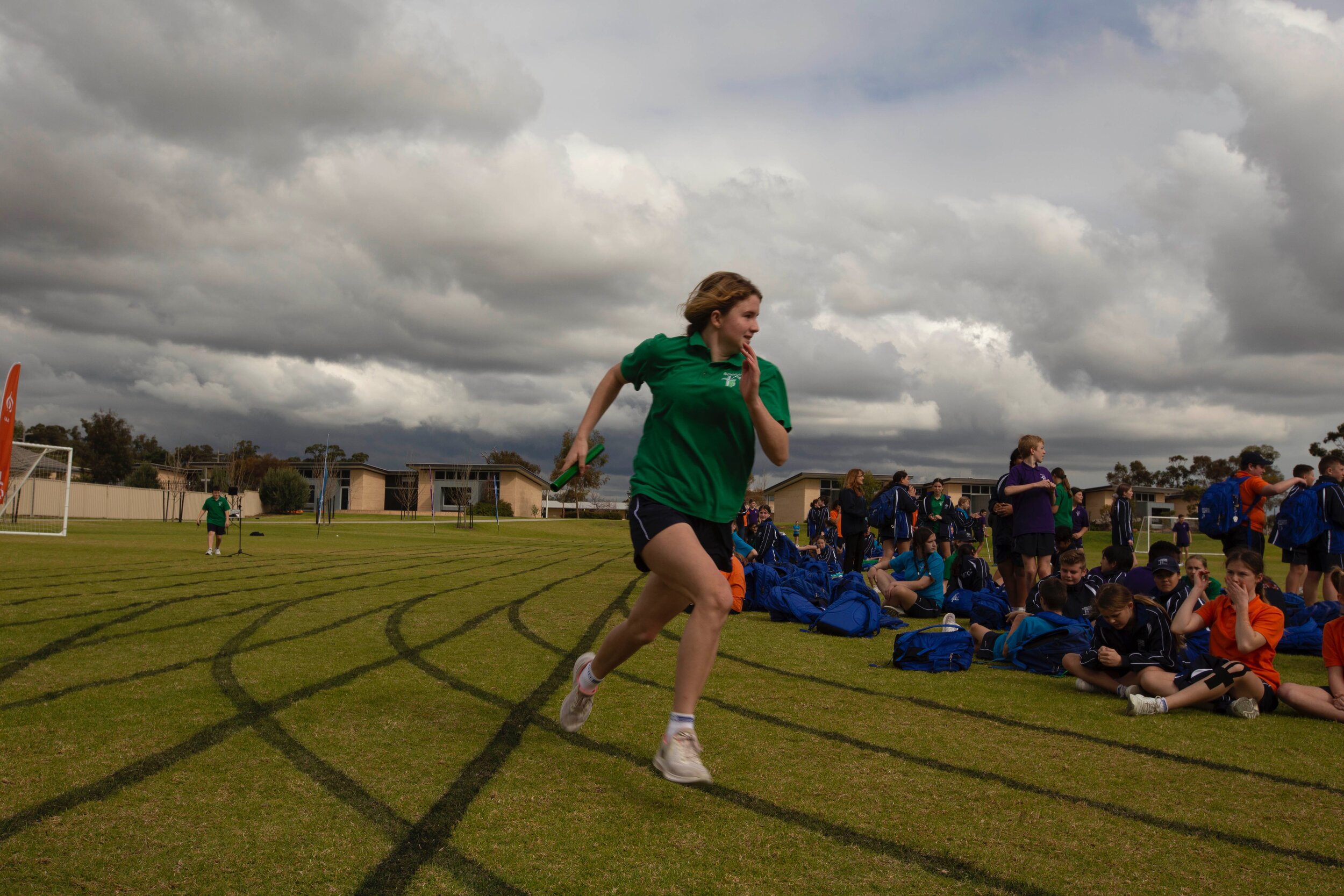Land
Mother Earth
Resilient
Holder of stories
Provider
Noongar people strongly believe that Boodjar (the land) and all things upon it were created by giant spiritual beings that roamed the universe. These spirit beings became the plants and animals that exist on the land today. As the spirits roamed the earth they left tracks across the landscape such as hills and ranges, valleys, large rock formations and the myriad river systems that we see today. Nyoongar people have, over many centuries, been responsible for the care and protection of Boodjar (land). They look after sacred sites and waterways to ensure that the land is healthy and that it continues to provide food and protection for animals, wildlife, birds, insects and humans.
Nyoongar groups had different areas of land to look after. Each area has special meaning and significance to local groups. Every group knows a range of stories about the many sacred sites and patterns in the landscape. Each land mass from a hill to rivers, estuaries and oceans has a meaning and many stories have been handed down to families over generations.
Traditionally, across the Rockingham region, Nyoongar family groups regularly travelled this area. The wetlands and woodlands in this area are culturally significant because of the abundance of food and water (Hayden and Hayden, 2002).
Lake Richmond was an important area for gathering food and camping. Lakes Cooloongup and Walyungup also hold special Dreaming significance as places where the Sea Waugal laid her eggs (Walley, pers. comm., 2002). Cooloongup means place of children and Walyungup means place where Nyoongars talk (Walley, pers. comm., 2002). Paganoni Swamp is also culturally significant as it has an Aboriginal burial site nearby. There are seven listed Aboriginal sites in the Park.
Nyoongar people strongly believe that if our ancestral sacred sites are protected and maintained, that the hills are heavily wooded with an abundance of plants and animals, with the rivers and creeks, estuaries and oceans are full and flowing, then Boodjar (land) will provide and sustain us in the future.
Boodjar’s (land) survival is dependent on the six seasons and the annual cycle of nature and ritual; this ensures that fish numbers in the ocean’s currents are plentiful and that the river and estuary systems are full of fish, marron, crabs and prawns.
A healthy Boodjar is also home to the many species of migrating birds from afar that return to our land annually to give birth at the same nest. Boodjar is strong and the provider of everything from shelter to food for humans and animals. Boodjar is resilient and the many trees and plants continually show how strong they are after Kaal (fire) when green shoots, foliage and flowers bloom, and the variety of bush tucker start to regenerate following seasonal burning.






